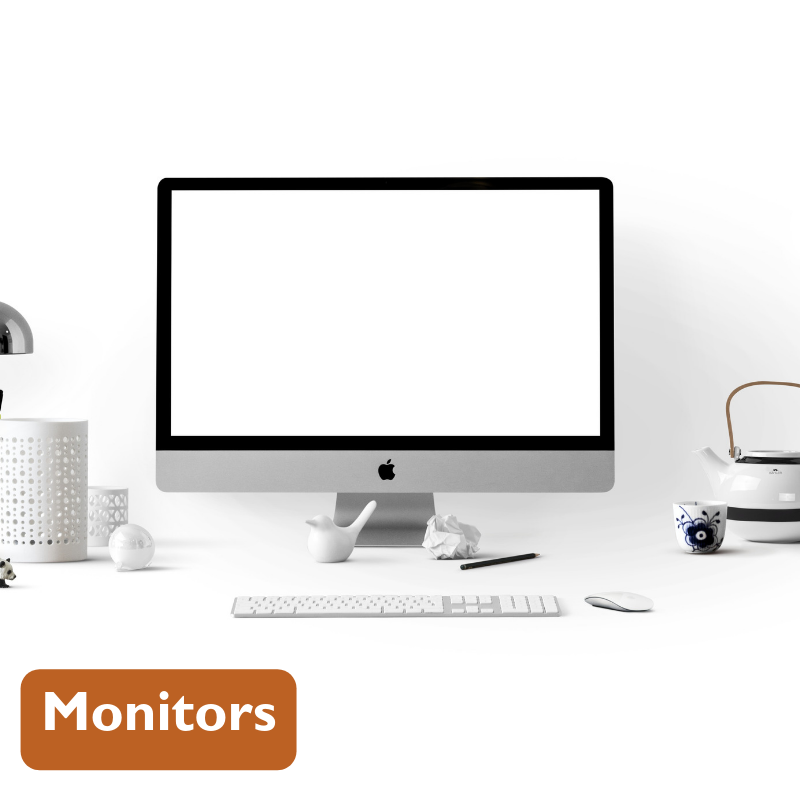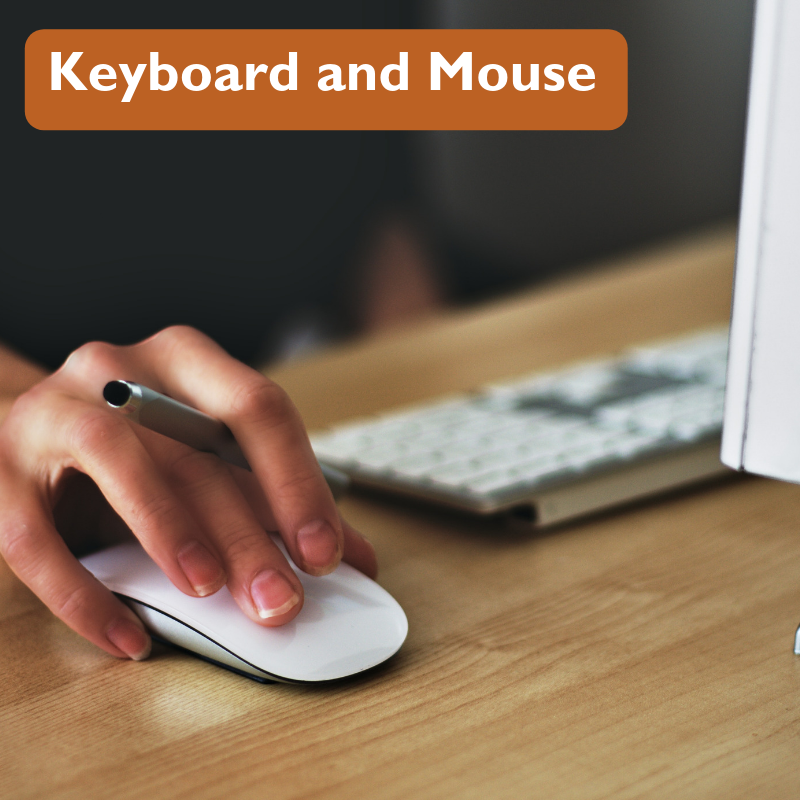By Joyce Love, OTR/L, CHT
How many hours do you usually spend sitting down in front of a computer? For most of us, it's more than we'd like to admit. Proper workstation setup goes a long way to increasing your comfort and efficiency when using the computer, whether you have an office at work or in your home. Unsurprisingly, a good working environment starts with good posture.
Comfortable computer workstations are set up to promote the following:
- Neutral head and neck position (versus neck turned or head thrust forward)
- Relaxed shoulders versus rounded or hunched
- Back relaxed and supported with the spine in a neutral position
- Upper arms close to the body, elbows flexed to a 90 degree or slightly greater (up to 120 degree) angle
- Wrists in a neutral (straight) position
Here are some guidelines to help you set up your work station:

Chairs: Make sure to choose a chair that supports your lower back comfortably. Lumbar pillows are available if you need to modify an existing chair. If your chair has armrests, they should be adjusted to a height that supports the elbows with your shoulders in a relaxed and neutral position (not pushed up toward your ears!). Chair height should be adjusted so that your feet are flat on the floor, thighs parallel to the floor. Use a footrest if needed to achieve this position.

Monitors: Your computer monitor should be placed at arms length (approximately 18”) away, directly in front of you. The top of the screen should be at or slightly below eye level. You will need to lower the monitor a few inches if you wear bifocals or progressive lenses. The key is to find a monitor height that allows you to keep a neutral head and neck position versus constantly tilting your head up or down, thus creating neck strain and pain.

Keyboard and Mouse: Position the keyboard directly in front of the monitor. The height of the desk, standing table, or keyboard tray should allow you to access the keyboard and mouse with the neutral postures outlined above (shoulders relaxed, elbows at 90 to 120 degrees, wrists straight). A wrist rest can be used if needed to help position the wrists in neutral. Position the mouse close to the keyboard to avoid excessive reaching as well as excessive side to side motion of the wrist. Make sure the mouse fits your hand comfortably and that you keep your hand relaxed.

Phone: Avoid cradling the telephone between your ear and shoulder. If you use the telephone for a large part of your day, a headset is a must!

Laptops: Laptops create a trade-off between proper monitor height and correct keyboard position. For long term laptop use (greater than 1 hour), use a docking station and an external keyboard, and mouse with positioning guidelines as noted above. Use a laptop stand or monitor risers to position the laptop screen appropriately per the guidelines noted above, or connect the laptop to an external monitor.

Movement: Don’t forget to get up and move frequently! Our bodies were not made for static postures and repetitive tasks for hours on end, so even the most ergonomically correct work station can’t totally prevent fatigue and soreness. Take frequent short breaks to get up, move and stretch!
Joyce Love is an Occupational Therapist at OrthoCarolina's University location.
Back




February 12, 2019
May 06, 2020